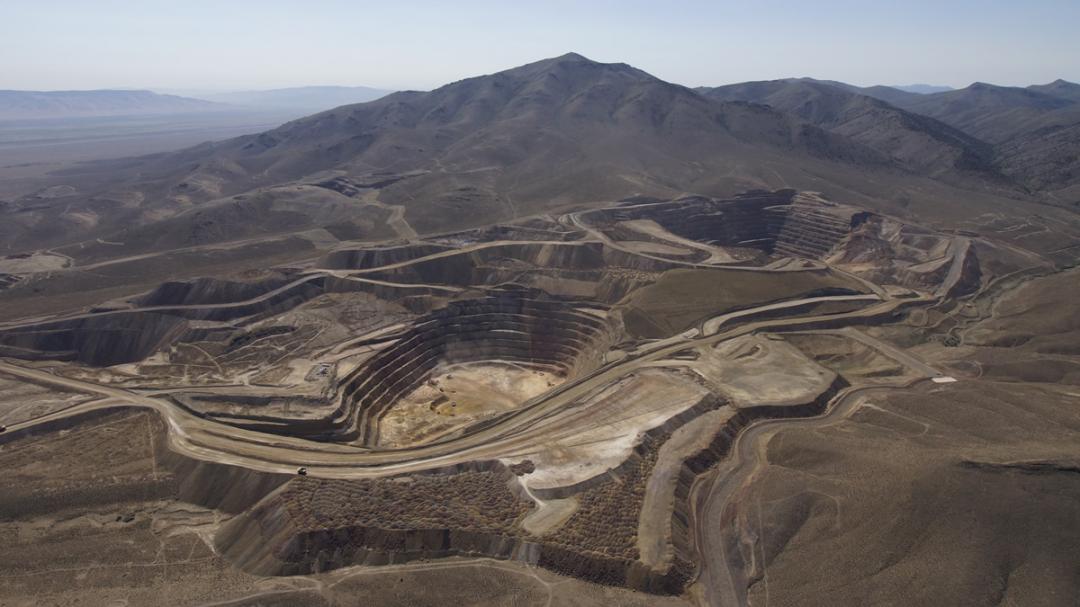Achieving an annual production capacity of 40 million tons of crude steel, 1.5 million tons of aluminum and 1.5 million tons of copper is among top priorities in the industrial and mining sectors as per the sixth five-year economic development plan (2016-21), said deputy minister of industries, mining and trade and head of the Iranian Mines and Mining Industries Development and Renovation Organization, Mehdi Karbasian.
“Iran is ranked among the top 10 mineral-rich countries in the world. This is while we have explored only about 7% of the country’s mineral resources so far. We must first expand mineral explorations to determine the quantity and variety of mineral reserves and then attract investments in the mining sector,” Eghtesad News quoted Karbasian as saying.
In view of the financial problems faced by the industrial sector, slump in global steel prices to below $300 per ton, copper prices falling below $6,000 per ton and a 50% decline in global iron ore prices over the past one year, Karbasian said the only possible way to finance mining and industrial projects is through the issuance of participatory notes and establishment of specialized investment funds.
Observing that small mines were hit hardest by the global crisis in the iron ore market, the IMIDRO head suggested reducing the government rights and mining royalties by at least 50% to support the mining companies.
Guinea Conakry Bauxite Project
Referring to IMIDRO’s policies for the aluminum sector in the current year, Karbasian said a German-British consulting company has been employed to carry out feasibility studies on bauxite mines in Guinea-Conakry.
In response to the shortage of raw materials to produce aluminum, Iran reached a 25-year agreement with Guinea-Conakry to extract 600 million tons of bauxite from the African country by 2017. Last year, the two countries’ officials met to discuss reactivation of the bauxite mine in Guinea-Conakry after a 23-year delay in the project.
Iran is seeking to extend the agreement and find investment partners, as reactivating the bauxite mine needs at least $400 million of investment, said Karbasian.
Shortage of bauxite, whose main reserve is located in the northeastern city of Jajarm in North Khorasan Province, is seen as the main obstacle to achieving the targeted aluminum production of 1.5 million tons annually within the next decade, in accordance with the 20-year National Vision Plan.


